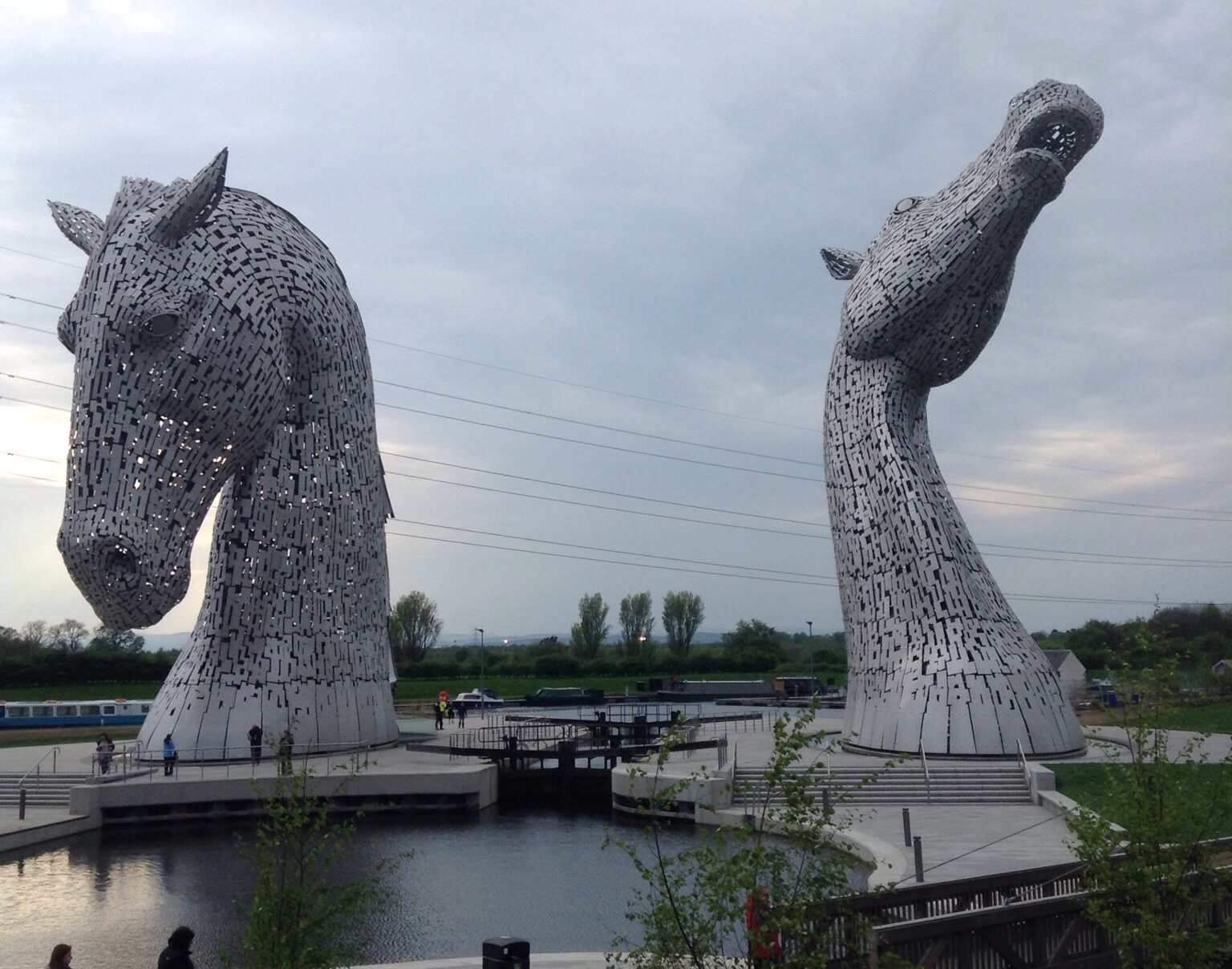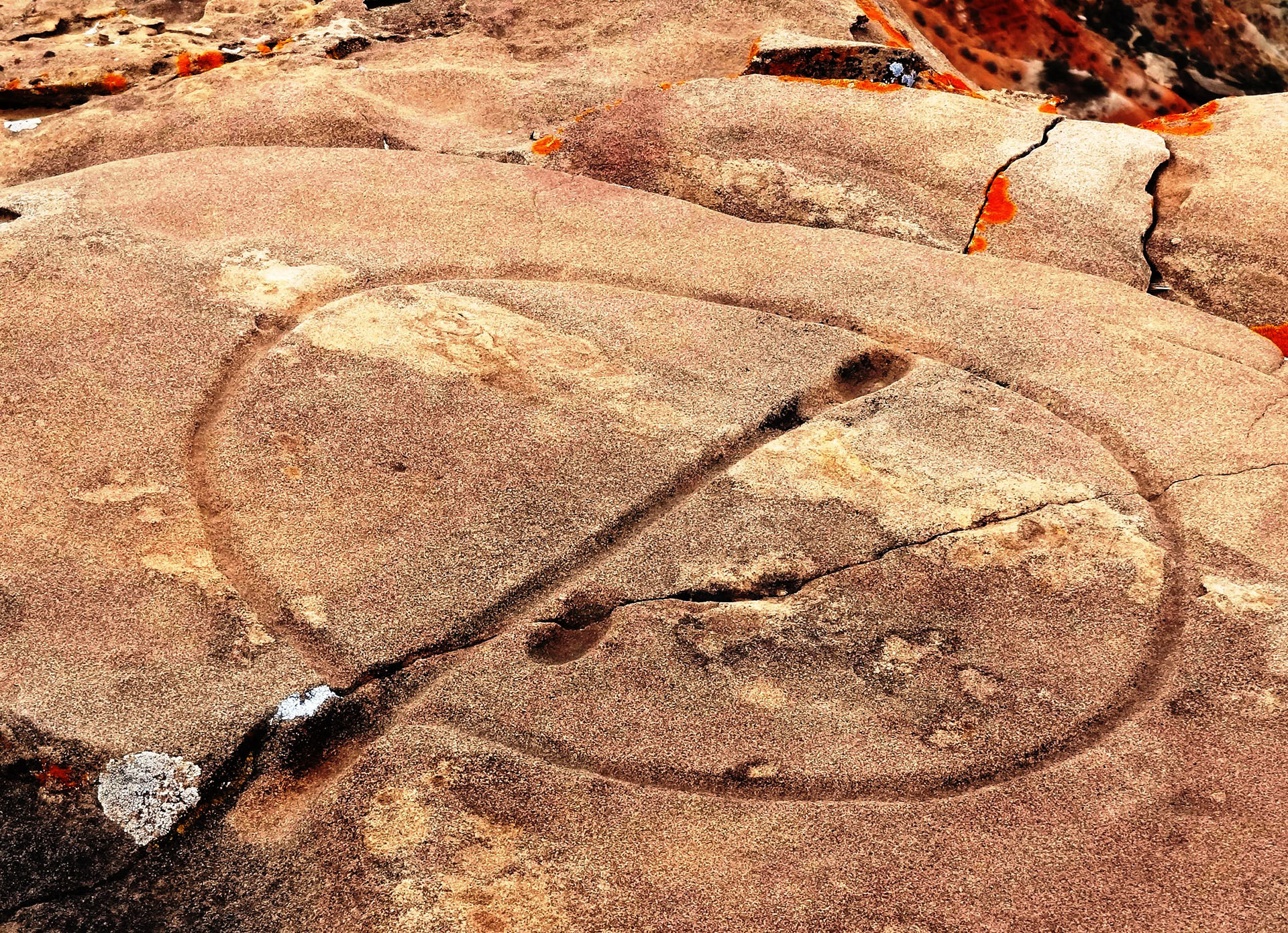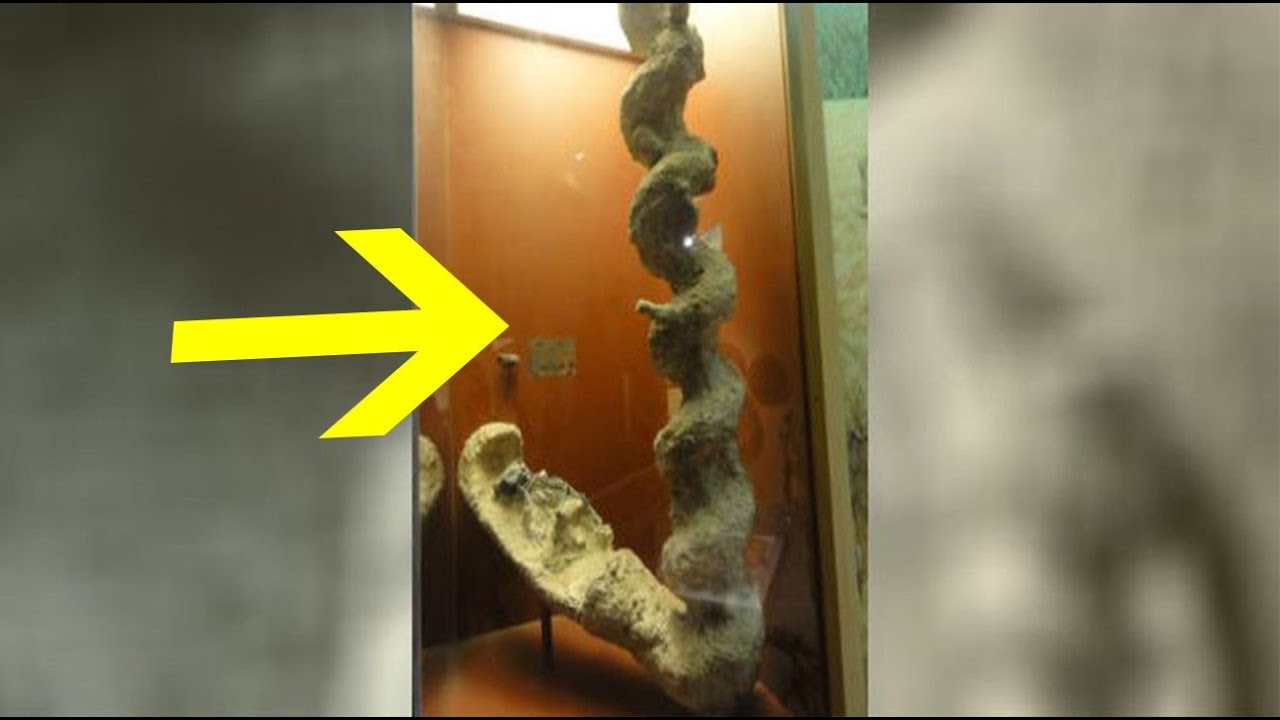Mesoamerican civilization is rich with artifacts that continue to enthrall people worldwide. The Monolith of Tlaloc is one such marvel – a towering stone sculpture that has baffled historians and art enthusiasts for centuries. This comprehensive article takes an in-depth look at the remarkable wonder that is the Monolith of Tlaloc, exploring its history, significance, and the mysteries that still surround it.
What is the Monolith of Tlaloc?
The Monolith of Tlaloc is an enormous stone sculpture depicting Tlaloc, the Aztec god of rain. At over 13 feet tall and weighing 168 tons, it’s among the most significant Mesoamerican stone sculptures in history. However, one of the most intriguing aspects of this monolith is how it was moved from its original location hundreds of years ago.
Who Made the Monolith of Tlaloc?
The Aztecs, one of the most prominent and sophisticated civilizations in Mesoamerican history, are believed to have created the Monolith of Tlaloc. They were renowned for their religious ceremonies, with Tlaloc holding a special place in their culture as the god of rain and agriculture.
When Was the Monolith of Tlaloc Created?
Though the exact date is uncertain, experts believe the Monolith of Tlaloc was carved in the 15th or early 16th century. This period coincided with the peak of Aztec civilization, just before the arrival of Spanish conquistadors.
Where is the Monolith of Tlaloc Located?
Today, the Monolith of Tlaloc is housed in Mexico City’s National Museum of Anthropology. It was discovered in the late 1800s in Coatlinchan, Mexico, during the excavation of a dry stream bed for an irrigation canal.
Why is the Monolith of Tlaloc Significant?
Aside from its sheer size and intricate carving, the Monolith of Tlaloc provides valuable insights into Aztec culture and religious practices. The sculpture depicts their god of rain and agriculture, emphasizing their respect for nature and the environment. Additionally, it is one of the most photographed public artworks in Mexico City, attracting visitors worldwide.
Mysteries Surrounding the Monolith of Tlaloc
Despite its historical significance, much about the Monolith of Tlaloc remains a mystery. One of the most confounding aspects is how the Aztecs managed to move such a massive stone sculpture, a question that still perplexes experts today.
The Monolith of Tlaloc stands as a testament to the artistic and engineering skills of the ancient Aztecs. Its mysterious origins continue to intrigue and inspire, reminding us of the vast potential of human creativity and imagination.
📚📖 Make sure to join Ancient Library on Telegram, and become part of a unique group 👉🏻 https://t.me/theancientlibrary
If you want to help us out and support the page, you can buy us a coffee ( we really appreciate it) 👉🏻 https://www.buymeacoffee.com/ancientlibrary
I am the Librarian, and I, together with the guardians of the Ancient Library, curate content for this site. Welcome, and enjoy your stay.
-
The Librarianhttps://ancient-library.com/author/ivan/
-
The Librarianhttps://ancient-library.com/author/ivan/
-
The Librarianhttps://ancient-library.com/author/ivan/
-
The Librarianhttps://ancient-library.com/author/ivan/





